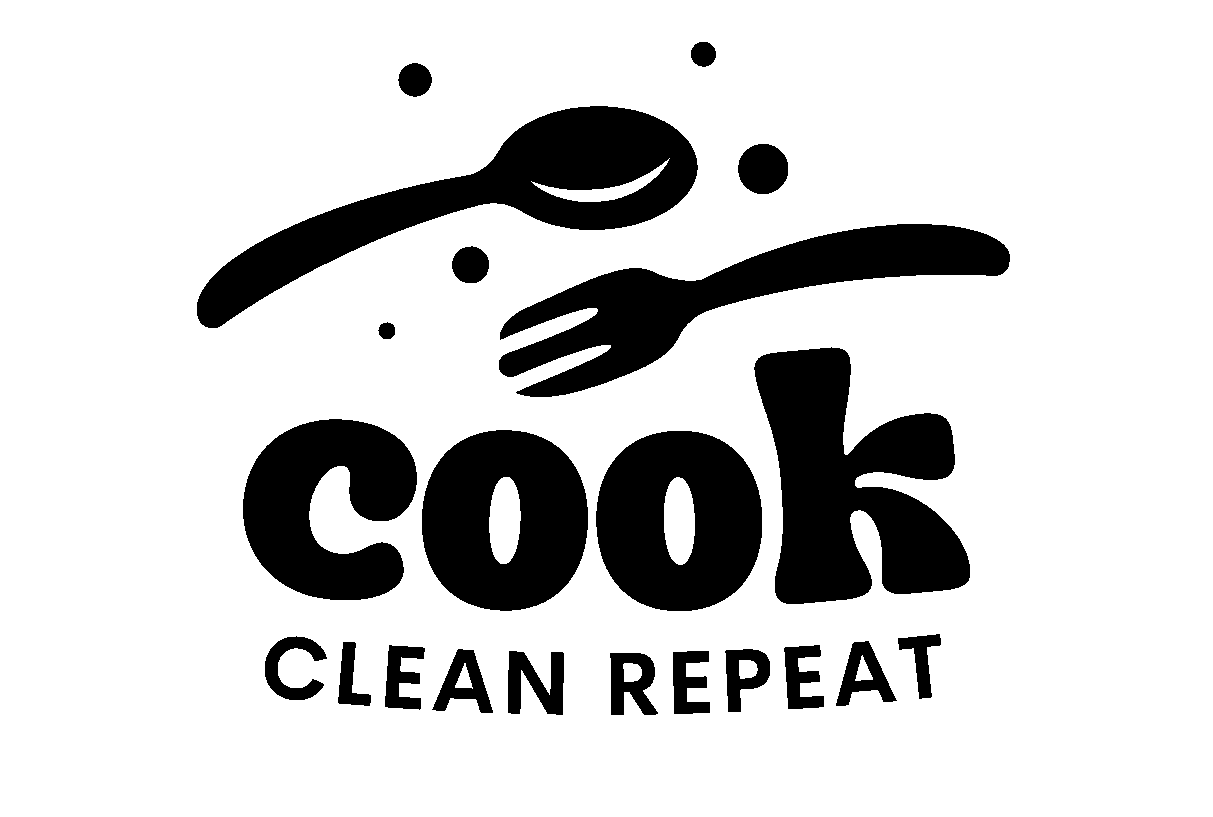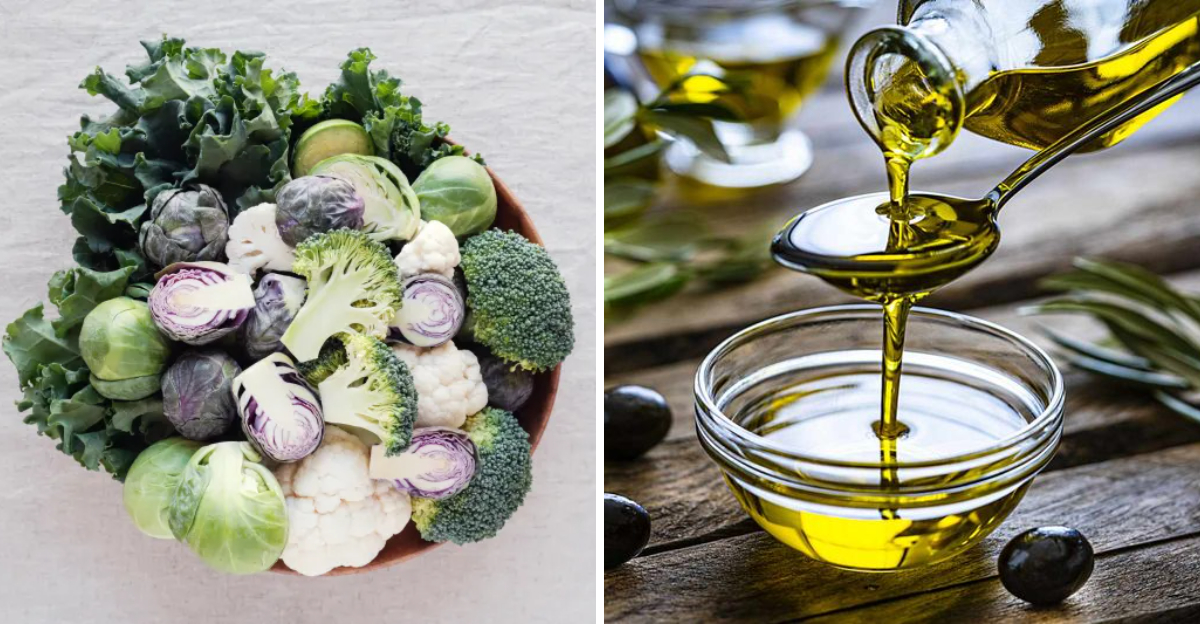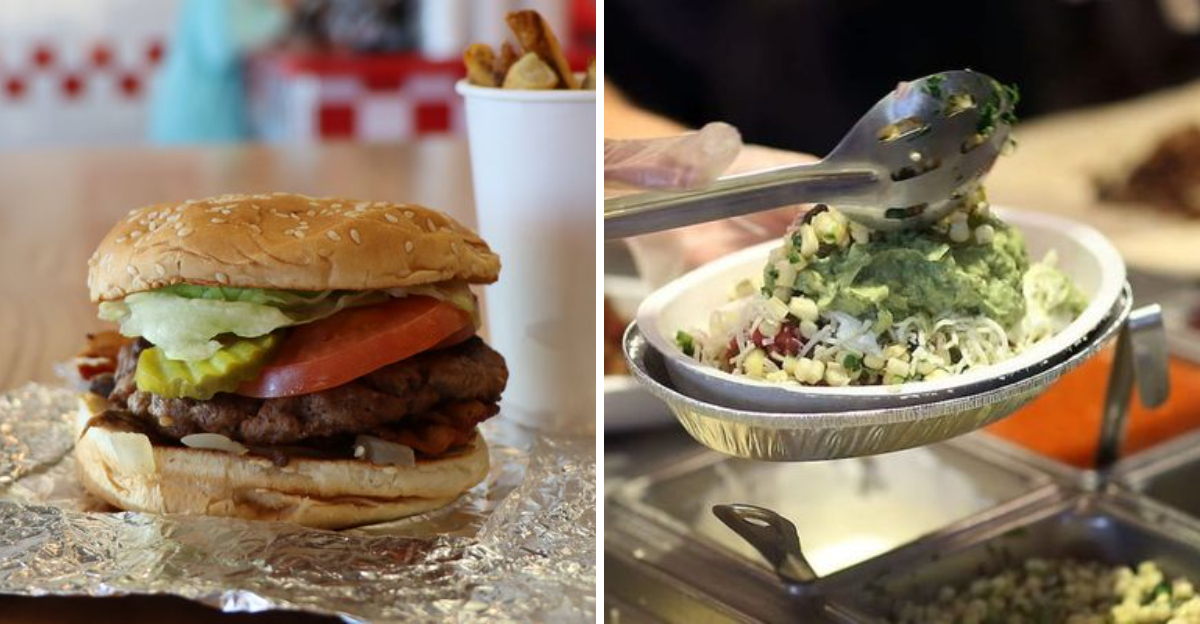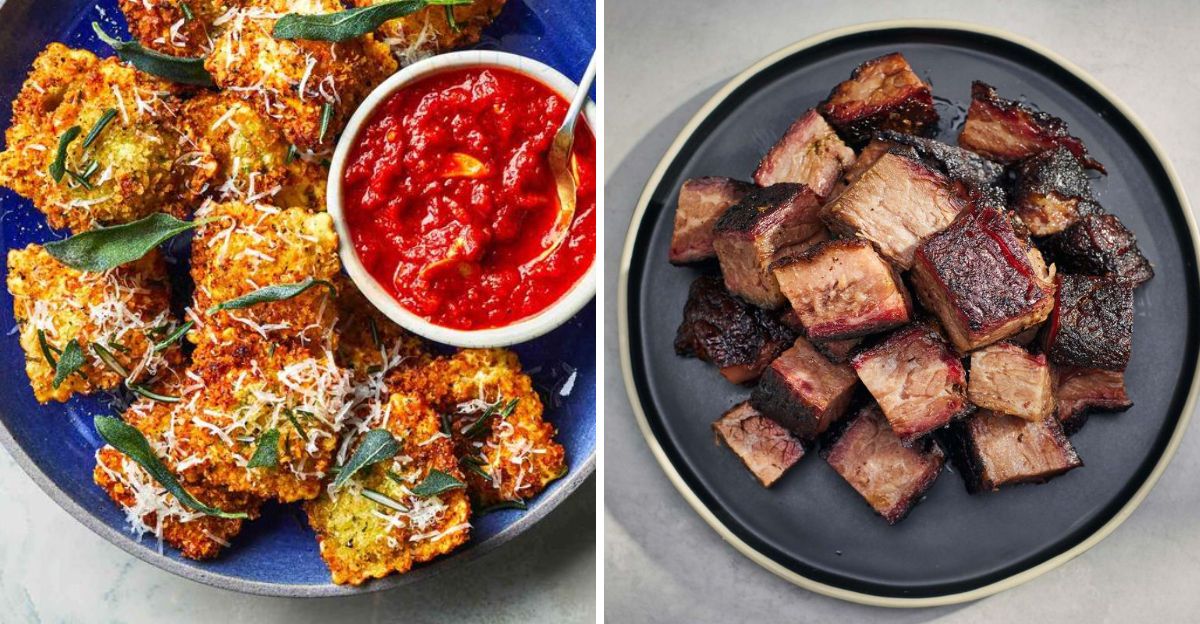12 Foods That Can Be Safely Reheated (Without Becoming Toxic)

Leftovers shouldn’t feel like a gamble. With the right know-how, you can reheat many dishes safely while keeping flavor and texture intact. This guide reveals which foods bounce back beautifully and how to handle them to avoid foodborne risks. Ready to master leftovers and reduce waste without sacrificing taste? Dive in.
1. Rice
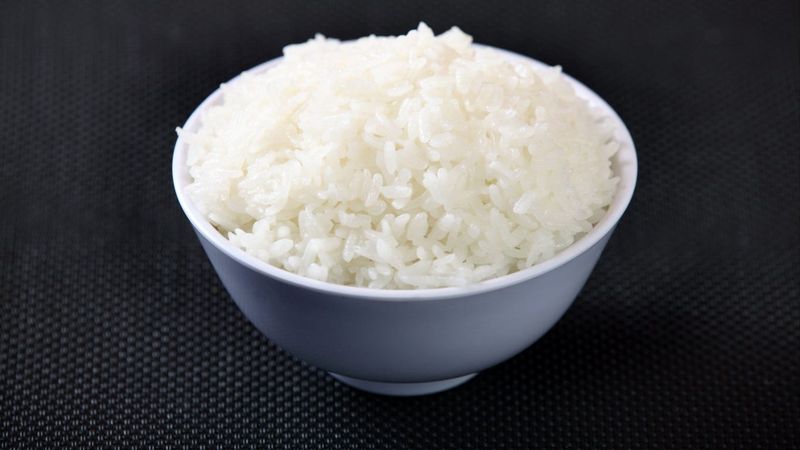
Yes, rice can be safely reheated—if you store and reheat it correctly. Cool leftover rice quickly by spreading it out and refrigerate within one hour of cooking to reduce Bacillus cereus risk. Reheat thoroughly until it’s steaming hot throughout (165°F/74°C), adding a splash of water to restore moisture. Use the microwave with a vented cover, or steam on the stovetop. Avoid keeping rice at room temperature for prolonged periods. Only reheat once and discard any leftovers you’ve already reheated. Proper handling preserves texture and safety, so your fried rice or grain bowls taste just as satisfying the next day.
2. Pasta (Without Cream Sauce)

Pasta with tomato or olive oil-based sauces reheats reliably without separating or turning greasy, unlike cream sauces. Store promptly in shallow containers to cool evenly, then refrigerate. To reheat, add a splash of water or broth and warm gently in a skillet, stirring to distribute heat, or cover and microwave in short bursts. Aim for piping hot throughout. Al dente textures hold up best, so avoid overcooking initially. If pasta seems dry, finish with a drizzle of olive oil after heating. Top with fresh herbs or parmesan to revive flavors. Avoid leaving out at room temperature to prevent bacterial growth.
3. Roasted Vegetables

Roasted vegetables like carrots, Brussels sprouts, sweet potatoes, and squash reheat wonderfully, especially when you want to restore crisp edges. Refrigerate within two hours of cooking in airtight containers. Reheat on a hot sheet pan at 400°F (205°C) for 8–12 minutes, flipping once for even warming. A quick skillet toss with a touch of oil also revives caramelization. Microwaving works, but can soften texture; vent the container and heat in short increments. Season with a squeeze of lemon or fresh herbs after reheating to brighten flavors. Always bring vegetables to steaming hot temperatures before eating for safety.
4. Pizza

Pizza is a reheating hero when you use the right method. For a crisp crust and melty cheese, warm slices in a covered skillet over medium heat, adding a teaspoon of water to the pan’s edge and covering to steam the top. Alternatively, bake at 375–400°F (190–205°C) for 6–10 minutes on a hot tray. Microwaving is quickest but softens the crust; a mug of water in the microwave helps reduce chewiness. Refrigerate promptly and reheat until steaming hot. Avoid reheating more than once to maintain quality and safety, and revive with chili flakes or fresh basil.
5. Grilled or Roasted Chicken

Boneless chicken breasts or thighs can be safely reheated when handled correctly. Refrigerate within two hours of cooking and store in shallow, airtight containers. Reheat gently in the oven at 325°F (165°C) with a splash of broth and a cover to prevent drying. Alternatively, microwave with a vented lid, rotating for even heating. Ensure the thickest part reaches 165°F (74°C). Avoid reheating multiple times—only heat the portion you’ll eat. Slice before reheating for quicker, even results. If skin-on, re-crisp under a broiler briefly. Discard any chicken left out too long at room temperature to minimize risk.
6. Soups and Stews
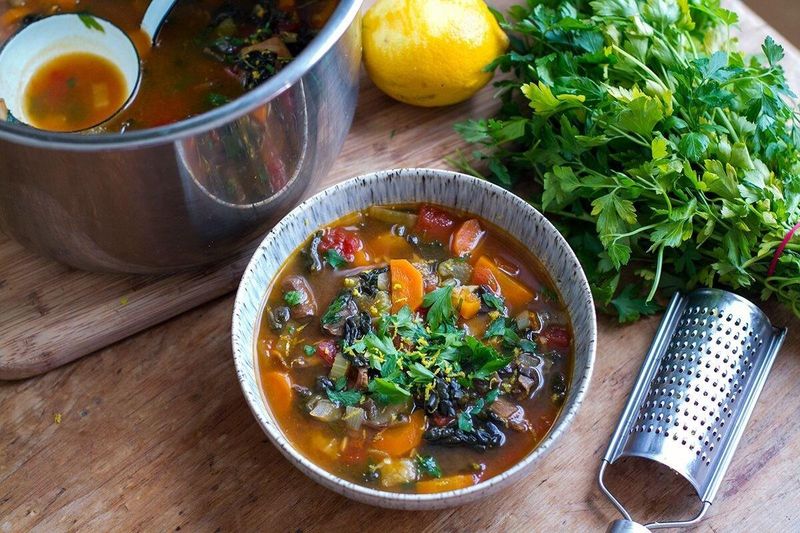
Soups and stews are ideal for reheating, and their flavors often deepen overnight. Cool rapidly by portioning into shallow containers, then refrigerate. To reheat, bring to a rolling simmer on the stovetop, stirring occasionally to ensure even heat and prevent scorching. In the microwave, cover and heat in intervals, stirring between bursts until steaming hot. Thin with water or stock if too thick. For safety, ensure the soup reaches at least 165°F (74°C) throughout. Avoid reheating repeatedly—portion only what you need. Garnish after heating to preserve herbs’ freshness and texture. Freeze extra portions for longer storage without flavor loss.
7. Casseroles

Casseroles reheat well when stored properly and warmed thoroughly. Cool quickly, refrigerate within two hours, and cover tightly. Reheat at 325–350°F (165–175°C) until the center is steaming and registers 165°F (74°C). Cover with foil to prevent drying, removing it briefly to re-crisp toppings. For dense casseroles, add a splash of broth or milk and stir partway through if possible. Microwave portions in a covered dish for convenience, rotating as needed. Avoid repeated reheating of the whole pan—cut servings instead. Many casseroles taste even better the next day as flavors meld, making them perfect for planned leftovers and meal prep.
8. Stir-Fries
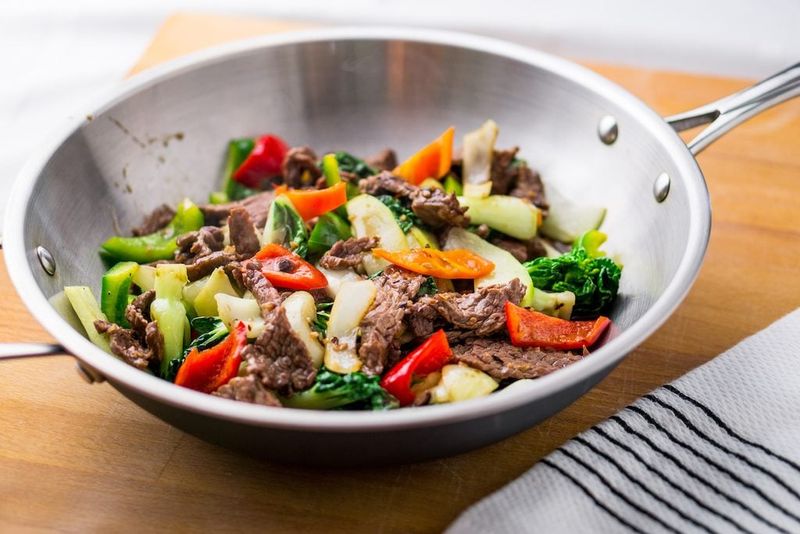
Stir-fries reheat quickly and safely when handled promptly. Refrigerate within two hours of cooking, storing in airtight containers. To reheat, warm in a skillet or wok over medium heat with a teaspoon of oil or splash of water to loosen sauces. Toss frequently to heat evenly without overcooking vegetables. Microwaving works; cover and heat in short bursts, stirring between intervals. Bring to a steaming hot temperature before serving. Avoid letting stir-fries sit at room temperature after cooking. If noodles are included, add a bit of water to prevent sticking. Finish with fresh scallions or sesame seeds to revive brightness.
9. Egg Dishes (Quiche or Frittata)

Quiche and frittata reheat well when stored correctly and warmed evenly. Cool quickly, cover, and refrigerate. Reheat slices at 300–325°F (150–165°C) until the center is hot, or microwave on medium power to prevent rubbery eggs. Let stand briefly to distribute heat. Avoid reheating boiled eggs, which can develop off aromas and unpleasant texture. For safety, ensure internal temperature reaches 165°F (74°C). Maintain moisture by covering with foil or a microwave-safe lid. Add fresh greens or a dollop of salsa after reheating to brighten. Reheat only once and avoid prolonged room-temperature storage to minimize bacterial growth.
10. Seafood (Within 1–2 Days)

Seafood is delicate but can be safely reheated if done gently and within 1–2 days of cooking. Refrigerate promptly and keep tightly sealed to limit odors. Reheat at low oven temps (275–300°F / 135–150°C) until just steaming, or microwave at 50% power in short intervals to avoid drying. Add moisture with a splash of broth or cover to trap steam. Ensure it reaches safe, piping-hot temperatures, but avoid repeated reheating. Shrimp, salmon, and baked fish fare best; breaded items can re-crisp in a hot skillet or air fryer. Discard seafood left out at room temperature too long.
11. Cooked Grains (Quinoa, Barley, Couscous)
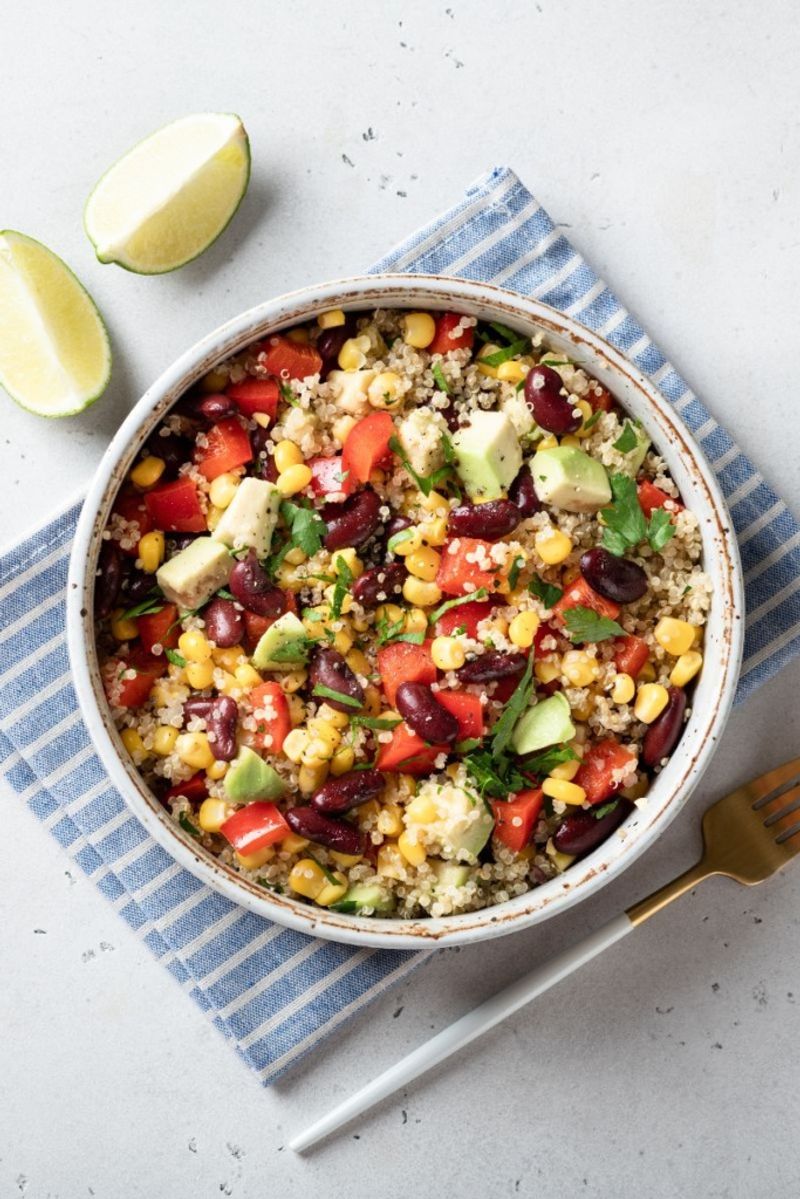
Cooked grains like quinoa, barley, and couscous reheat beautifully and make excellent meal-prep staples. Chill quickly after cooking and store in airtight containers. To reheat, add a splash of water or broth and cover to generate steam—microwave or steam on the stovetop until hot throughout. Fluff with a fork to restore texture. For bowls, warm grains first, then add toppings. Ensure they reach steaming temperatures for safety. Avoid leaving grains at room temperature for extended periods. Enhance flavor with olive oil, herbs, citrus, or toasted nuts after reheating. Portion before chilling to speed cooling and reheat only what you need.
12. Tofu Dishes

Tofu reheats reliably, especially in stir-fries, baked cubes, or saucy dishes. Store promptly in airtight containers and reheat until steaming hot. For crispy tofu, use an oven, skillet, or air fryer to restore texture. Saucy tofu does well covered in the microwave, stirring midway for even heat. Add a splash of water if sauces thicken too much. Avoid multiple reheats; portion servings before storing. If tofu was previously frozen, its spongy texture absorbs sauces well upon reheating. Ensure the entire dish is hot throughout before serving. Finish with fresh scallions, chili oil, or sesame seeds to revive flavor.
